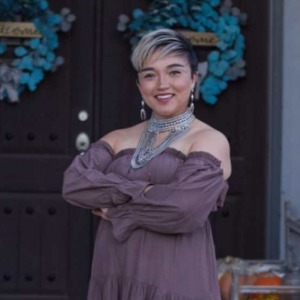Title : USDA Citrus hybrids with tolerance to HLB as a source of high-value and health promoting bioactive compounds
Abstract:
New rootstocks and scion varieties with improved performance in the field against environmental and disease stressors such as citrus huanglongbing can be developed through hybridization. Hybrids from many of these crosses exhibit tolerance to huanglongbing but produce fruit that is not tasty as juice.And many of these huanglongbing-tolerant hybrids contain valuable bioactive compounds such as flavonoids and coumarins with positive implications for health.The fruit of 22 clones and experimental hybrids from the USDA citrus breeding program that exhibit some field tolerance to citrus greening were analyzed for their potential as a source for high-value bioactive compounds. Specifically, their flavonoid and coumarin contents. The majority of the clones and experimental hybrids have phenolic compositions similar to their parents and most contained compounds associated with the grapefruit/drug interaction. Consistently high levels of the polymethoxylated flavones occurred among common mandarin cultivars. Hybrids between these mandarins and pummelos contained similar polymethoxylated flavone profiles, as well as widely different coumarin and linear furanocoumarin profiles. Crosses between trifoliate oranges and mandarins produced fruit with unique combinations of bioactive compounds that do not normally occur together in traditional citrus varieties. Hybrids among the various species appear to be a rich source of unique combinations of compounds useful for particular health applications. Future clinical work is planned on a few of the most promising clones to help establish their value as an additional revenue source for citrus processors and growers.


